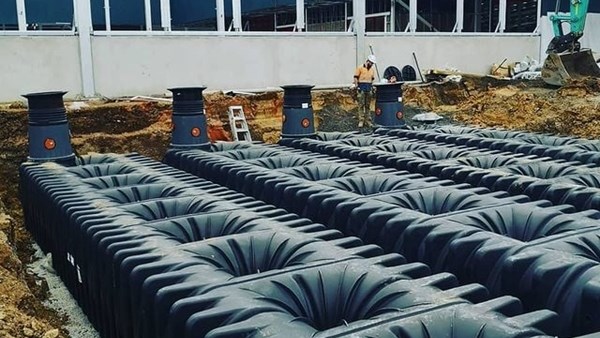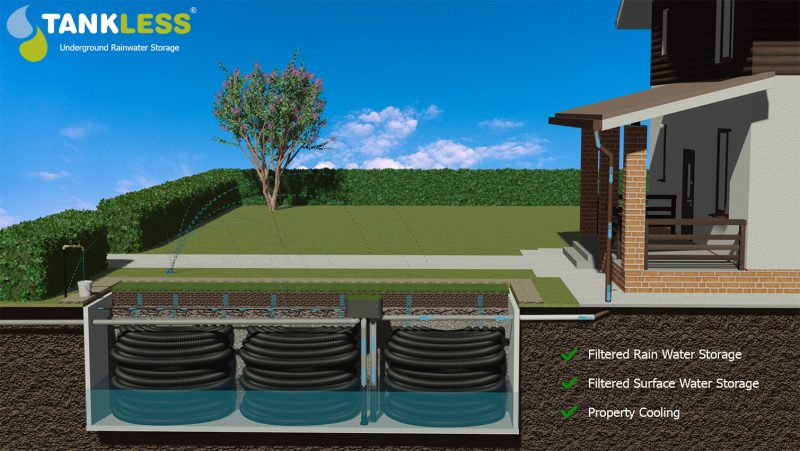Agriculture
#WaterWednesday: Not on top but inside – effective bulk storage─── 05:00 Wed, 28 Feb 2024

“This centralised approach in South Africa has resulted in one-size-fits-all solutions, hindering adaptability and innovation at the local level.”
In the face of increasing water scarcity, South Africa and Australia, both grappling with limited water resources, have adopted starkly different approaches to water management.
Professor Anthony Turton, from the University of the Free State's Centre for Environmental Management, sheds light on the critical disparities and potential crises that South Africa might face if it does not reevaluate its water management strategies.
Australia has embraced a forward-thinking approach, particularly in water recycling. The country has shifted its focus away from relying solely on large dams, recognising the need for sustainable practices. Australians are recycling water comprehensively, even storing it underground in aquifers. This underground storage not only prevents accelerated water loss due to evaporation but also provides a reservoir for future use.
In contrast, South Africa is experiencing a looming crisis, primarily centred around the Vaal River, where blue-green algae and invasive water plants are proliferating. These issues are attributed to warmer water temperatures and increased nutrient levels, posing a threat to irrigation water quality. Turton emphasises that this could become a major problem, potentially affecting trade relationships with entities like the European Union, which may become wary of contaminated irrigation water.
The critical point of departure lies in how the two nations manage their water resources. While Australia stores water underground, South Africa's reliance on large dams leads to significant evaporation losses, especially evident in the Vaal Dam. The augmented flow from Lesotho Highlands and Tugela masks the underlying issue – without these sources, the Vaal Dam would perpetually shrink.
The difference in approaches extends beyond just technological solutions. Turton delves into the historical context, tracing South Africa's water sector challenges back to the British Empire's consideration of federalism during the Anglo-Zulu War. Unlike Australia, which thrives on a federal structure promoting state policies tailored to local conditions, South Africa operates as a unitary state with a centralised water policy.

A typical domestic water storage system in Australia. Photo: Tankless
This centralised approach in South Africa has resulted in one-size-fits-all solutions, hindering adaptability and innovation at the local level.
In contrast, Australia's decentralised system, with over 30 distinct water authorities, fosters vibrant water utilities capable of attracting capital and technology. Private ownership and market-driven forces in Australia inspire investor confidence, leading to water-efficient local economies.
In conclusion, Turton argues that South Africa's water sector weakness stems from its highly centralised approach, limiting imagination, hindering innovation, and raising suspicion towards capital and technology. Australia's success, on the other hand, lies in its decentralised system, promoting adaptability, attracting investment, and ensuring water efficiency at the local level.
South Africa, he suggests, must reevaluate its water management policies to avoid a looming crisis and promote sustainable practices for the future.














